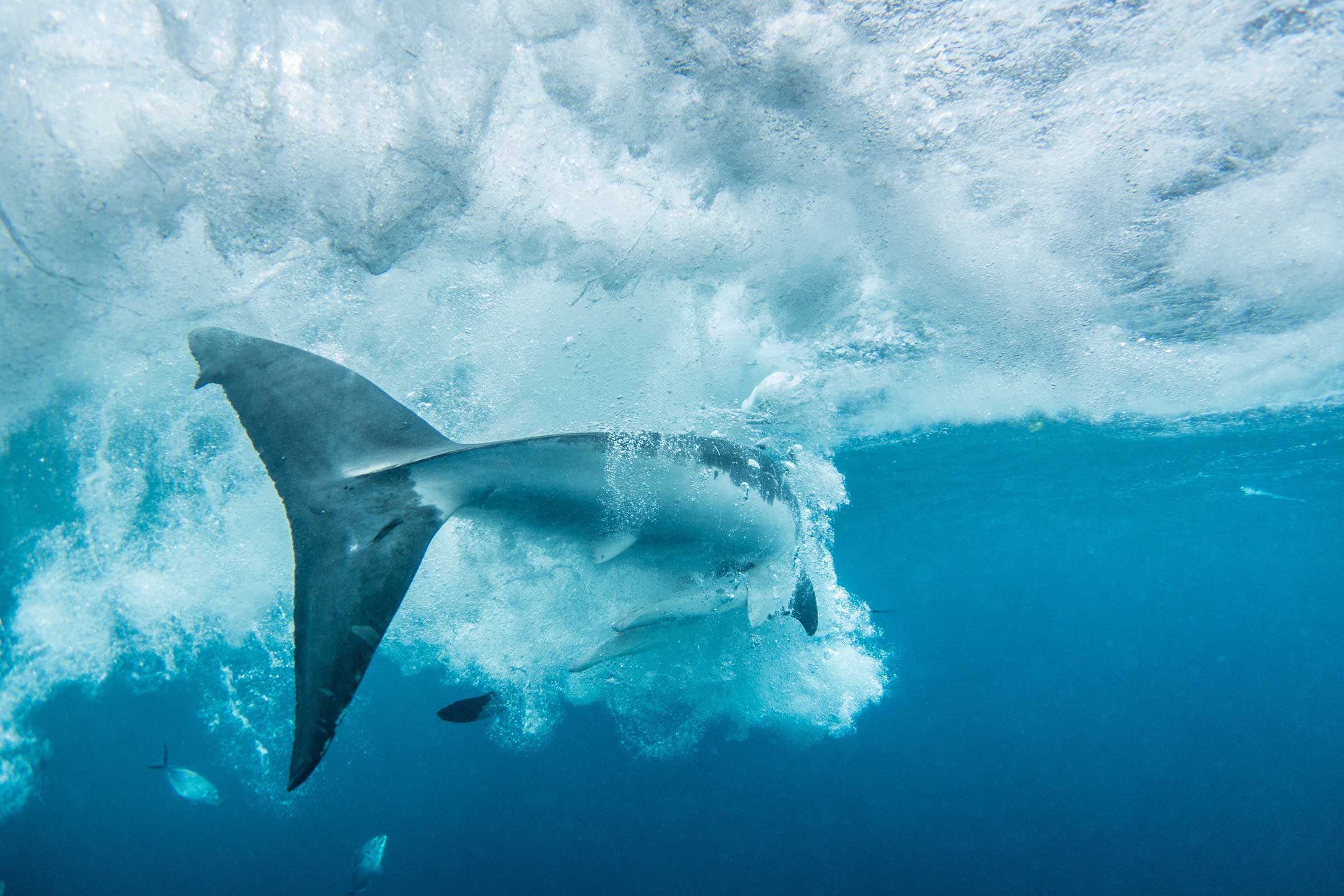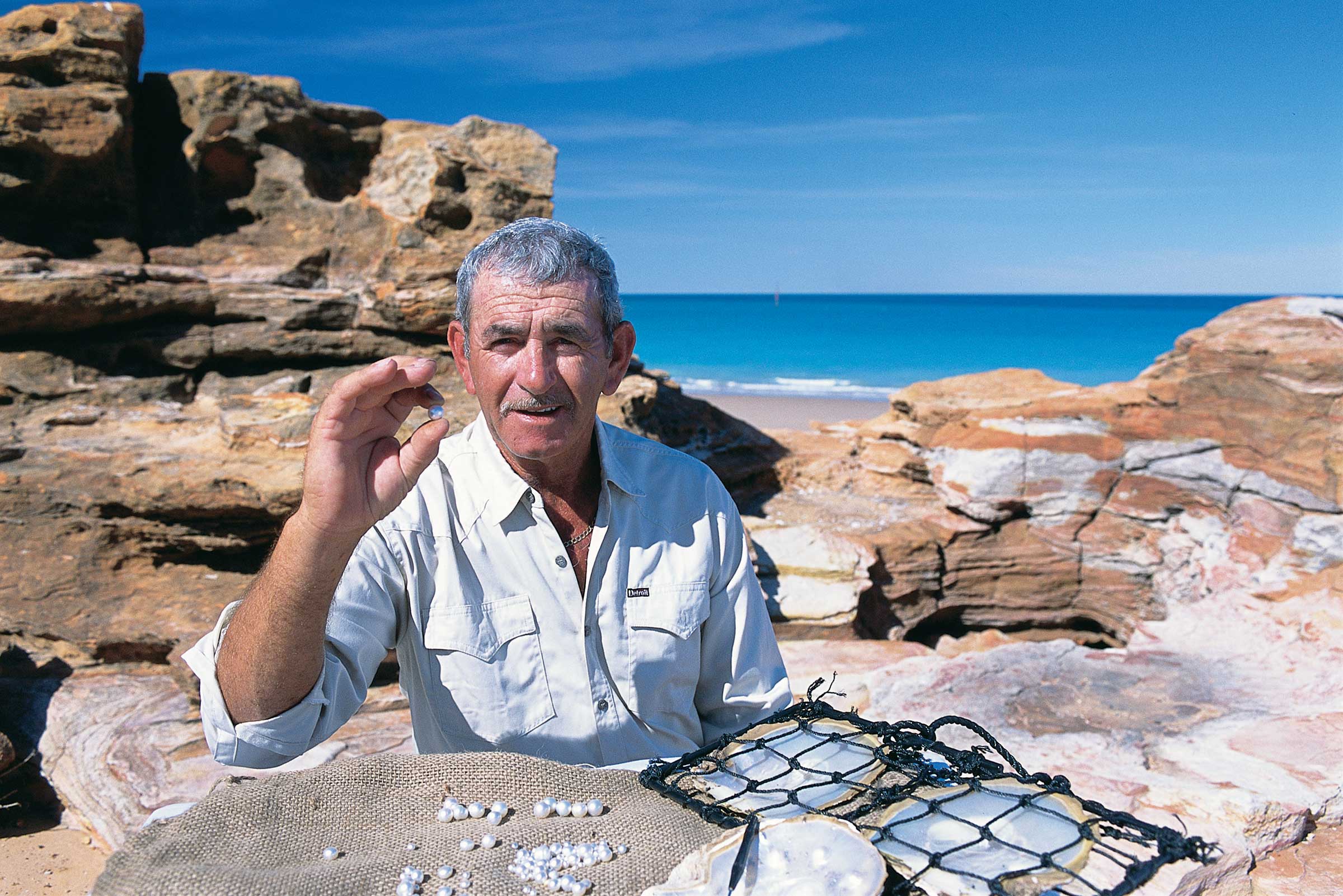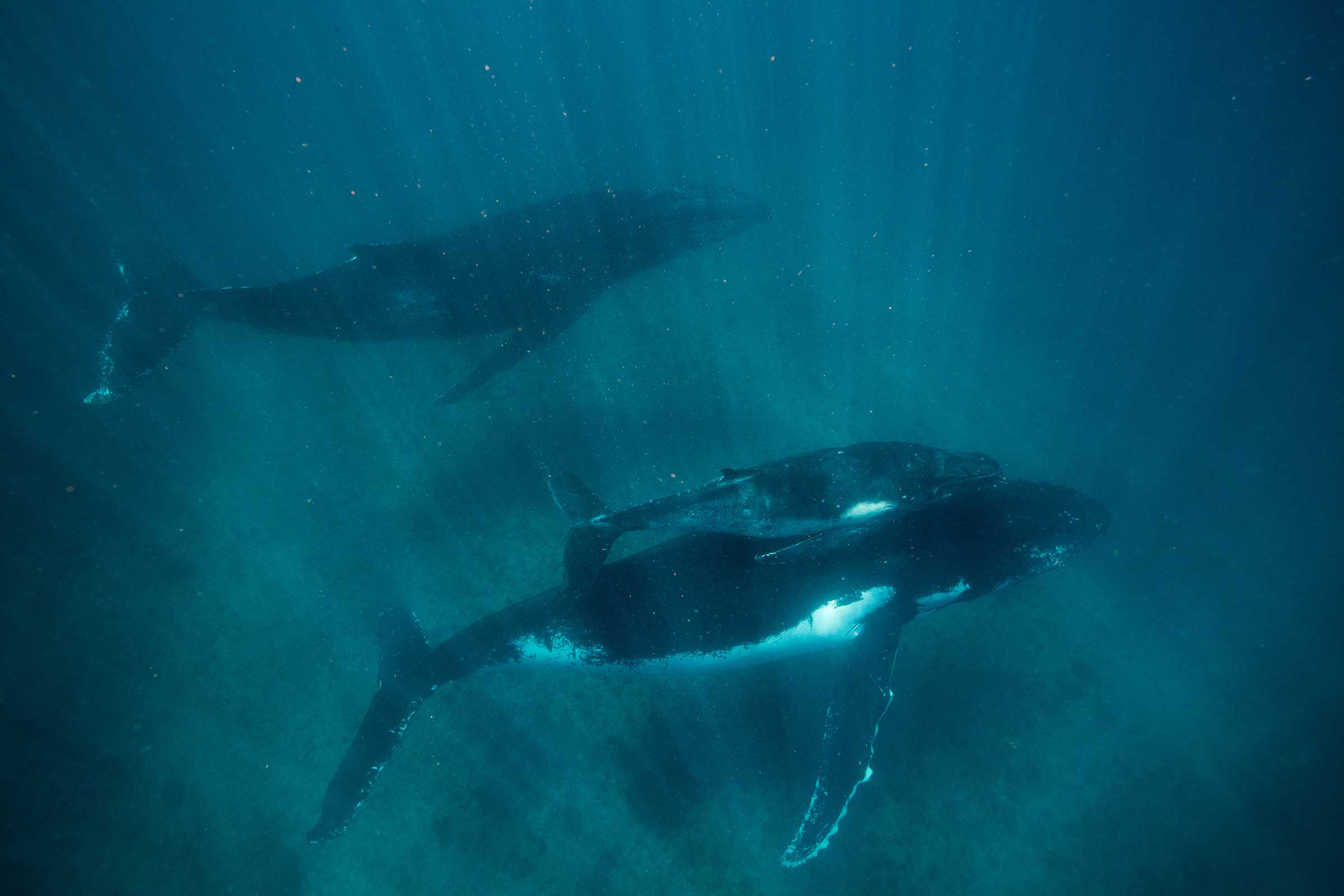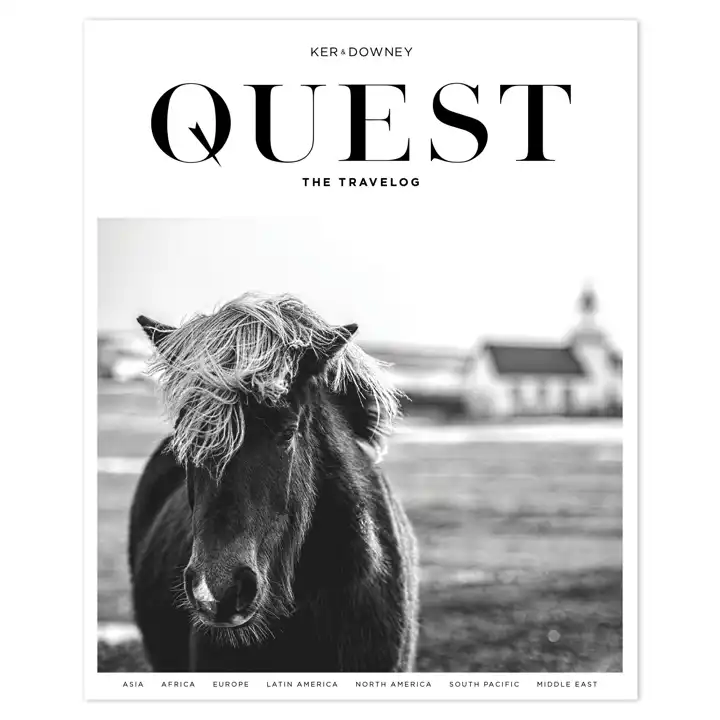Deep Dive in Australia
From Quest Magazine
By Haley Beham
Exploring the blue waters of the Great Barrier Reef, one of the seven natural wonders of the world, is a bucket list item for many visitors to Australia. But beyond the planet’s largest reef system, there’s so much more to see and do in the waters surrounding the Land Down Under.
Cage Diving with Great Whites
The rocky coves of the Neptune Islands off South Australia are a top breeding site for long-nosed fur seals, a favorite food source of the great white shark. As a result, the waters around the islands are a prime location for cage diving with great whites, and the only place in Australia where this is permitted. It’s the stuff of dreams for extreme adventurers and adrenaline junkies.
Often accompanied by pods of dolphins or the occasional whale, boats depart from Port Lincoln and cruise past the beautiful coastline before reaching the put-in point. Dressed in a full wetsuit and snorkel gear, you enter a cage suspended from the boat that accommodates eight people. Once the sharks arrive, you’ll have about 30 to 45 minutes to witness these underwater goliaths up close for a once-in-a- lifetime experience.

Surfing at Bondi Beach and the Iceberg Club
Sydney’s Bondi Beach is an Australian landmark. Surrounded by cliffs, cafes, and smoothie bars, the country’s most popular beach is also one of the best places for first-timers and experienced surfers alike to catch some waves. But if the open water isn’t your thing, just off the beach you’ll find the Bondi Iceberg Club Baths, home to Sydney’s most Instagrammed pool. Around for more than a century, the outdoor, Olympic-size saltwater lap pool is open to the public year-round. From here, you’ll have the best view of the iconic shoreline, coupled with frequent doses of sea spray.
Pearling in Broome
The isolated northwest coast of Australia is the historical center of the pearling industry. In the late 1800s the world’s largest and rarest pearl oyster species, Pinctada maxima, was discovered in the tropical waters around Broome. Originally harvested for its nacre-coated shell, the pearl-producing mollusk was used to make mother-of-pearl buttons and fine cutlery. As the value of Australian South Sea pearls was recognized, the modern pearling industry in Australia was born.
About three hours north of Broome, at the top of the Dampier Peninsula and where the outback meets the sea, Cygnet Bay Pearl Farm provides a hands-on experience for guests who make the journey to the isolated coast. It was here that founder Dean Brown and his son first mastered the technique of harvesting pearls from wild oysters in the 1960s. Since then, Cygnet Bay has been at the forefront of pearl cultivation. In 2009, the Browns opened their doors to visitors for an inside look at a working pearl farm and the effort that goes into producing some of the world’s most exquisite pearls.

Heli-fishing for Barramundi in the Kimberley Region
Barramundi is the “it” fish in Australia right now for chefs and sport fisherman alike. They’re prolific across the Northern Territory and Western Australia’s Kimberley coastline. Known locally as barra, they have a reputation as fighters with strong runs and high leaps, which makes them thrilling to catch. Take the excitement to the next level via heli-fishing. Soak up the stunning scenery from above as you fly to otherwise inaccessible locations, touching down to cast a line in some of Australia’s most pristine wilderness.
Swimming with Humpback Whales and Whale Sharks
The Ningaloo Reef on West Australia’s mid-to-northern coast is a true ocean paradise with a kaleidoscope of marine life. It’s one of the most biologically diverse marine environments left on the planet, with more than 250 species of coral and 500 species of fish. The fringing reef here is one of the longest in the world, running close to the shoreline (unlike the Great Barrier Reef, which is located off the coast). In some locations, such as the Sal Salis safari camp, it’s mere footsteps from the beach.
But the marine park is most famous for the gentle giants who pass through its crystal blue waters. From approximately March through August, it’s possible to swim with the massive and harm- less whale sharks. Another highlight is swimming with humpback whales. Between June and November, around 30,000 humpback whales migrate along the Ningaloo Coast, breeching, lunging and slapping the water as they go.

Pro Tip: The sun in Australia is severe. When choosing a sunscreen, opt for an ocean-friendly sunscreen like Stream2Sea. The biodegradable and organic mineral-based formula won’t harm marine life or the coral reefs when it washes off. – Catherine Brown, Designer
In for the Long Haul
Take advantage of your time in the skies with our suggestions to pass the time.
Disclaimer: Some of the links below are affiliate links. As an Amazon Associate, Ker & Downey earns a small commission when you click through and make a purchase.
Watch | Chasing Coral
It is estimated that 90% of the world’s coral will be lost by 2050. In this documentary, a team of divers, photographers and scientists set out to discover why coral reefs around the world are vanishing at an unprecedented rate. Streaming on Netflix.com.
Read | The Happy Isles of Oceania: Paddling the Pacific by Paul Theroux
This book captures a healing journey for author and intrepid traveler Paul Theroux, who paddled through the South Pacific to 51 islands in a one-man collapsible kayak. Amazon.com | $21
Listen | Horizon Line
This podcast from Atlas Obscura tells four stories of daring adventurers of the past. podcasts.apple.com

Quest Magazine
Dedicated to the experiential style of Ker & Downey travel, QUEST Magazine features eye-opening content that focuses on unforgettable experience, unheard-of destinations, and the very best our world has to offer. Each issue is packed with insider information, what's new in the world of travel, and editorial pieces that focus on our global culture, philanthropy, and transformative travel.
Read The Spring 2019 IssueSee What We Are Up To
Subscribe to our Weekly Newsletter for Travel Tips and Insider Guides for Planning your Next Journey!
